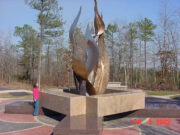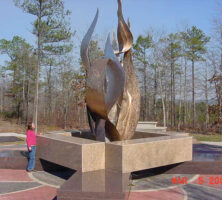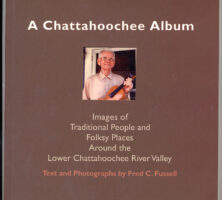Organized in 1970, the Historic Chattahoochee Commission (HCC) promotes tourism and historic preservation throughout the Lower Chattahoochee River Valley. A bistate agency of Alabama and Georgia, the commission focuses on eighteen counties along the lower Chattahoochee River. Within this “heritage corridor,” the HCC has developed an innovative work plan to entice visitors to the area while improving the region’s overall quality of life. The HCC’s program includes publications, historical markers, folklife interpretation, rural architectural surveys, heritage education, tourism and preservation seed grants, and an Indian heritage center, as well as agricultural, genealogical, and nature-based tourism projects.
Vision
Alabama state representative Bill Neville an d Alabama state senator Jimmy Clark conceived the idea for the HCC as a way to help unite the counties along the lower Chattahoochee River into a region that could generate economic growth through the use of its heritage tourism resources. In 1970 the HCC was created by an act of the Alabama state legislature. A unique provision of this act allowed for the Alabama governor to appoint nonvoting advisory board members who were residents of Georgia. These nonvoting members were empowered to meet with the appointed Alabama board members to shape the work plan of the commission.
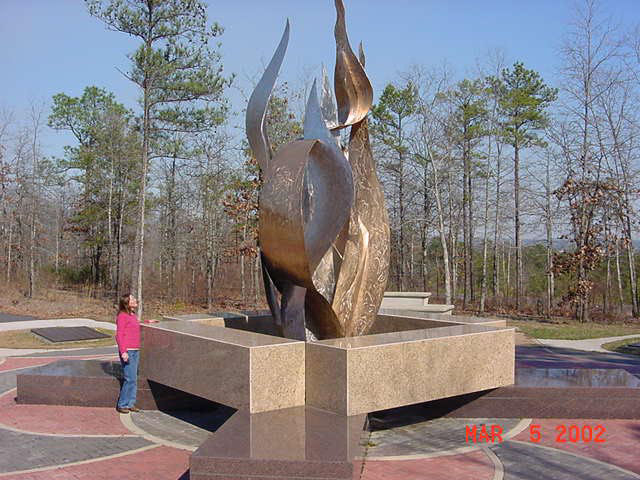
Courtesy of Historic Chattahoochee Commission
In 1978 the Georgia General Assembly and the Alabama legislature passed identical legislation to establish an interstate compact for the operation of the commission. Final approval of the Historic Chattahoochee Compact came in October 1978, when the same bill cleared the U.S. Congress and U.S. president Jimmy Carter signed it into law. The HCC is the first and only tourism/preservation agency in the nation officially sanctioned to cross state lines in the pursuit of goals common to all member counties.
Regional Identity
The organizing board members of the HCC recognized that a regional approach to heritage tourism offered many advantages to an area composed principally of small, economically distressed counties lacking the resources to support their own promotional and interpretative programs. In 1974 the board chose the name “Chattahoochee Trace” to describe this region, or “historic funland,” which is a blend of Old South traditions and New South innovations. A mecca for history buffs, campers, cyclists, and vacationers, the region offers numerous historic and recreational attractions. Indian mounds, historic buildings, museums, covered bridges, championship golf courses, lunker-filled lakes, home tours, and festivals annually attract thousands of people.
Innovative Programs
The HCC has an award-winning publication program, which has produced twenty-eight titles since 1974 on regional subjects relating to art, history, architecture, archaeology, and tourism.
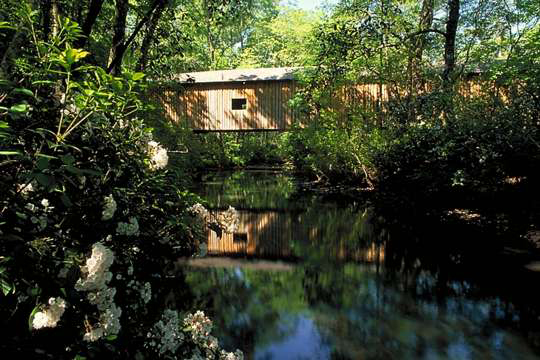
Courtesy of Georgia Department of Economic Development.
In 1978 the HCC initiated a historical marker program to assist local organizations in placing roadside plaques that commemorate important people, buildings, places, and events in the Chattahoochee Trace region. To date, more than 270 historical markers have been erected. That same year the HCC initiated a rural architectural survey of historic residential buildings in its member counties. Surveys have been completed in Clay, Decatur, Early, Harris, Quitman, Randolph, Semi nole, Stewart, and Troup counties in Georgia, as well as in several counties in Alabama.
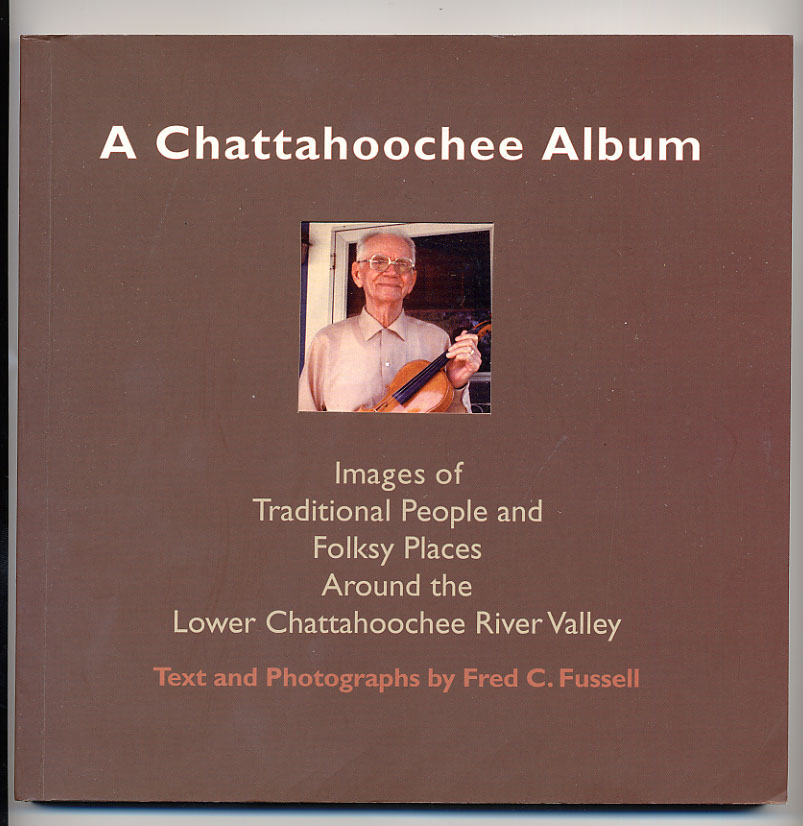
In 1988 the HCC assembled a Chattahoochee Trace Heritage Education Unit to be used by schools, history or historic preservation groups, and libraries. The four-part audio-visual unit is designed to help adults and students interpret social, political, and economic changes through domestic architectural styles. It traces the evolution of our residential built environment from the log cabin to the mobile home.
A seed-grant fund annually provides matching-grant monies to various regional groups for worthy tourism and preservation projects. Other projects focus on brochure distribution, television and magazine advertising, travel writer familiarization tours, and awards, in addition to assistance on tourism and preservation-related subjects.
The HCC publishes a quarterly newsletter and a monthly calendar, which are available upon request. The organization received a Governor’s Award in the Humanities in 1993.


